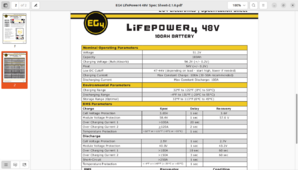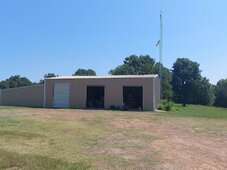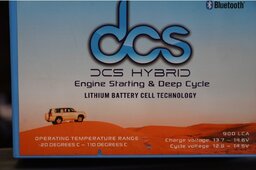realpinochet
Make Stuff In America Again!
- Joined
- Jul 4, 2022
- Messages
- 579
What's the temp ranges for lifepo4 that's considered safe and that members have found works for them? I'm extremely reluctant to put batteries in the house due to fire hazard concerns. I'm thinking of putting the inverter and batteries out in the shop ..but it's a metal shop and in the summer it does get hot and humid in there out here in Texas / Oklahoma. I'd prefer to build a solar shed but right now funds are tight..seeing how the world is on fire I wanted to get a little solar to keep the deep freezers running and well pump going just in case.
I was looking into a AIO and a few batteries. Anybody have their install in a outside shed that's not environmentally controlled with success?
I was looking into a AIO and a few batteries. Anybody have their install in a outside shed that's not environmentally controlled with success?






